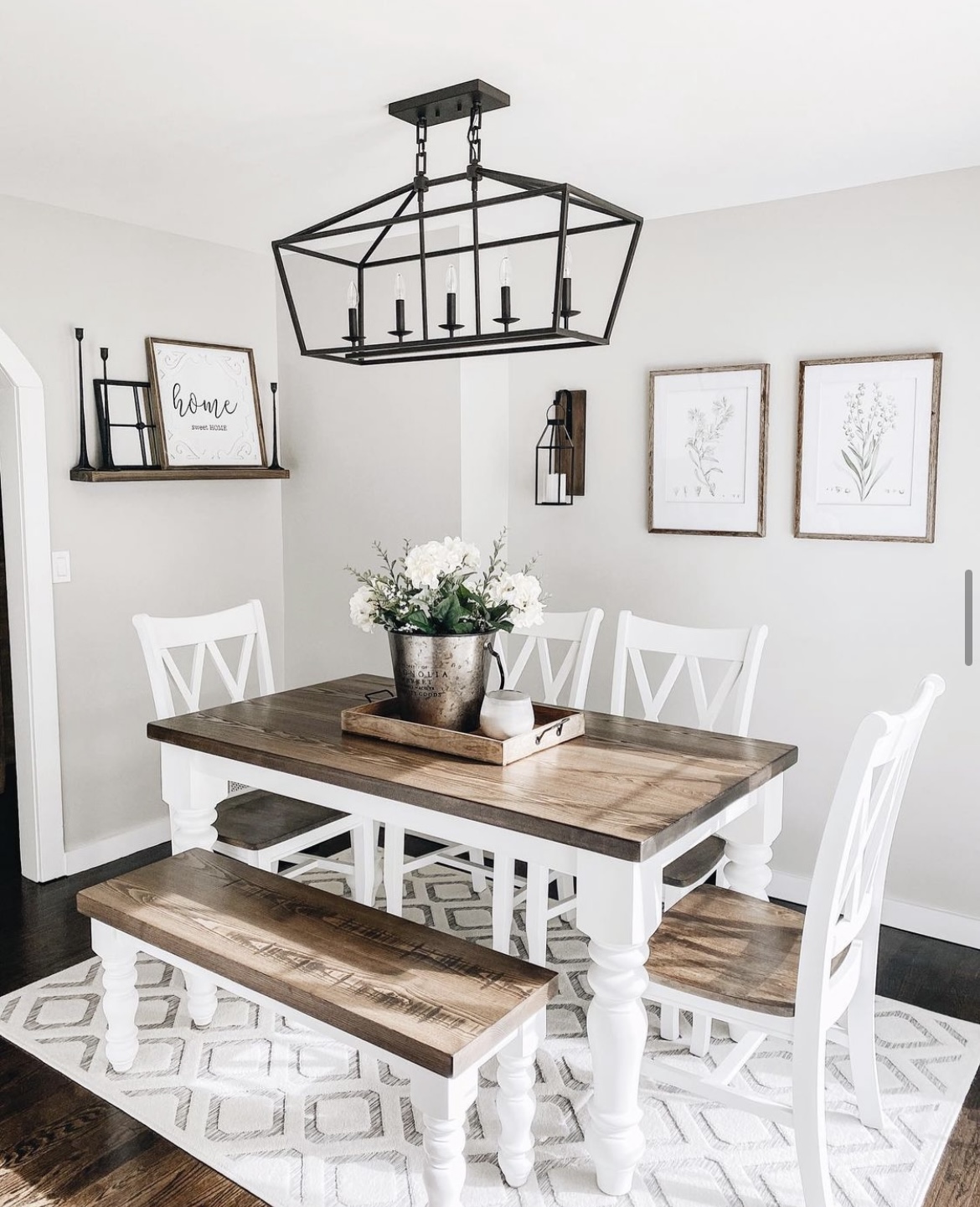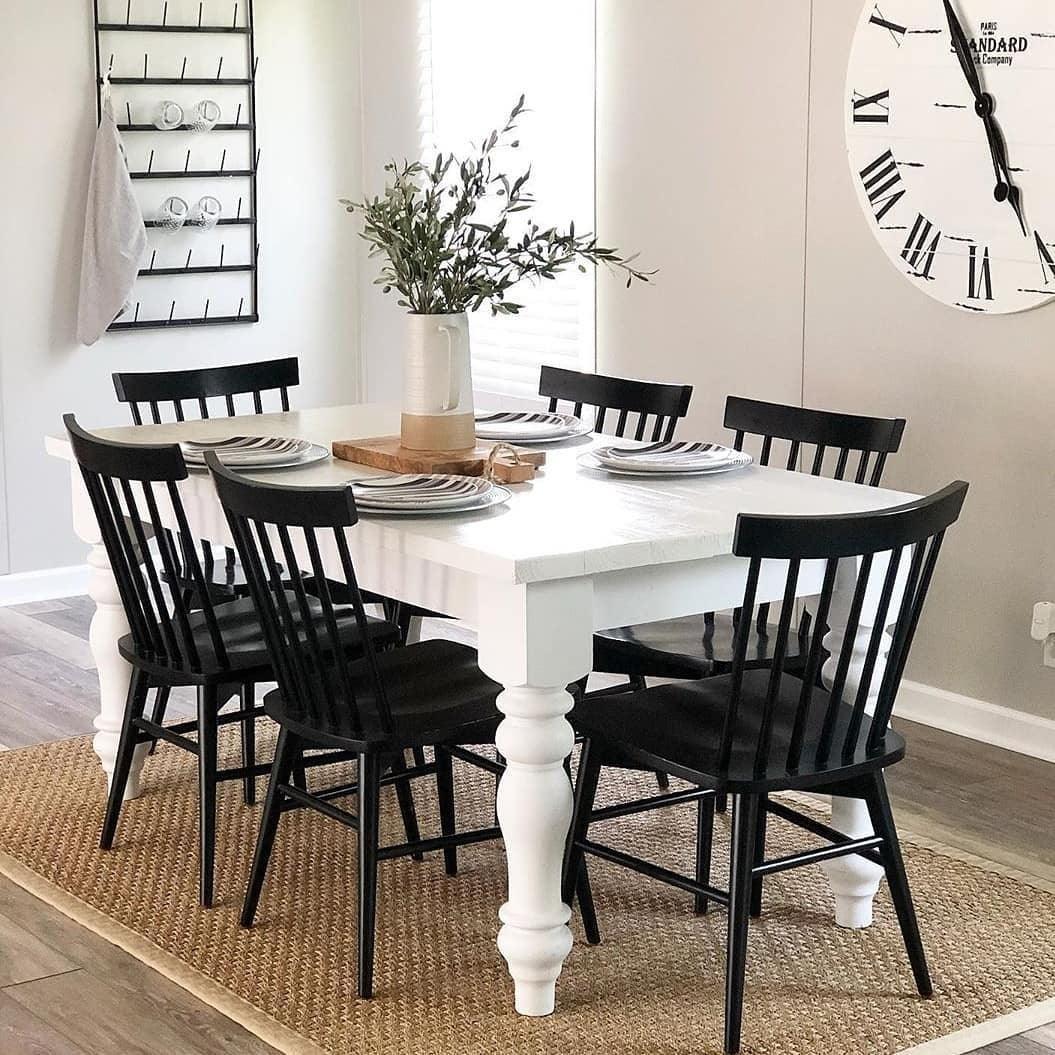How to Maintain and Care for Your Dining Room Table Legs
How to Maintain and Care for Your Dining Room Table Legs
Blog Article
Exactly How to Choose the Perfect Dining-room Table Legs for Your Home Decoration
Picking the optimal eating area table legs is a nuanced procedure that calls for cautious consideration of various aspects, including your area restraints, visual choices, and sensible needs. The interplay between materials, dimensions, and designs can significantly affect the ambiance of your eating location, making it important to approach this decision systematically. As you contemplate the myriad alternatives readily available, it becomes clear that the right choice expands beyond mere appearance; it can boost your total eating experience. What elements should you focus on to ensure your selection complements your home's unique character?
Assess Your Eating Area
Evaluating your eating room is vital for selecting the right table legs that enhance both looks and performance. Begin by determining the dimensions of your eating area, consisting of ceiling height, flooring space, and closeness to other furnishings. This details will certainly aid identify the ideal size and height of your table, which straight affects the selection of table legs.
Next, think about the style and design of your dining area. An open-concept layout might profit from table legs that offer visual agility, such as slim steel or acrylic options. On the other hand, an extra typical setting may require strong wood legs that provide a sense of permanence.
Examine the existing shade scheme and products in your eating location. Balancing the table legs with these aspects develops a natural appearance that improves the overall decor. Additionally, consider the performance needed in your area. If you frequently host big events, think about legs that provide added assistance and security.
Inevitably, a complete evaluation of your eating space will guide you in making an informed choice, ensuring that your table legs not just boost the aesthetic allure however additionally serve useful purposes.
Consider Your Design Preferences
When selecting dining-room table legs, it is important to assess your individual design choices, as they substantially affect the overall visual of your dining room. Your choice of table legs can either complement or comparison with existing decoration, making it critical to align them with your favored interior layout style.
If your home leans in the direction of a contemporary aesthetic, take into consideration smooth steel or minimalist wood legs that give a clean, clean appearance. For a more traditional technique, ornate wood legs with elaborate makings can include a touch of sophistication and sophistication. Industrial designs profit from durable, raw materials such as recovered wood and steel combinations, mirroring a rugged appeal.
Additionally, farmhouse and rustic styles often favor tough, chunky legs that stimulate a feeling of warmth and convenience. On the other hand, if your décor is diverse, you might select unique forms or a mix of materials to produce aesthetic interest.

Evaluate Product Options
The selection of product for dining room table legs plays a critical function in both resilience and aesthetic charm. Typical products consist of timber, steel, and composite choices, each offering unique features that can affect the total appearance and long life of your table.
Timber is a timeless selection, recognized for its heat and convenience. Woods like oak and walnut give exceptional strength and can be finished in numerous discolorations to match any kind of style. However, softwoods like ache are extra prone to scrapes and damages, making them less see this optimal for high-traffic areas.
Steel legs, typically crafted from steel or light weight aluminum, radiate modernity and industrial charm. They are resistant and extremely sturdy to put on, making them appropriate for families with youngsters or constant events (dining room table legs). Additionally, steel can be completed in different shades, improving the personalization possibilities
Composite products, such as MDF or laminate, offer price and varied designs. While typically much less durable than strong timber or metal, they can still supply a trendy look and are usually simple to keep.
Eventually, the material you pick must align with your way of living, visual preferences, and the degree of use your eating table will experience.
Determine Elevation and Size
Choosing the appropriate elevation and size for your dining area table is necessary for both functionality and convenience. The conventional elevation for eating tables usually ranges from 28 to 30 inches, allowing adequate legroom for the majority of individuals when seated. However, it is essential to think about the dimensions of your eating room and the kinds of chairs you plan to utilize.

Additionally, take into consideration the percentages of your dining-room. A bigger table in a large area can produce a grand atmosphere, while a smaller table functions well in even more intimate setups. Inevitably, the appropriate elevation and dimension will certainly integrate with your overall decor and enhance the dining experience for you and your guests.
Explore Customization Possibilities

Furthermore, the design of the legs can be customized to fit numerous styles, such as rustic, modern, or commercial. As an example, conical legs can evoke a mid-century modern feeling, while chunky, block-style legs might resonate with traditional or farmhouse style.
Home owners can also explore shade surfaces, from all-natural wood discolorations to paint, allowing them to match or contrast with the table top and bordering design.
Moreover, leg height can be adjusted to fit details seating setups or personal choices, boosting both comfort and capability.
Lastly, special decorations, such as carvings or ornamental braces, can additionally personalize the table legs, making the dining experience not simply a dish but a declaration item in the home. By taking into consideration these personalization alternatives, homeowners can produce a dining-room table that really shows their originality.
Conclusion
Choosing the perfect dining-room table legs calls for careful consideration of different elements, consisting of the measurements of the eating space, style choices, product durability, and desired height. Personalization choices additionally boost the ability to achieve a cohesive visual that complements the overall design. Source By systematically examining these aspects, house owners can guarantee that the chosen table legs not only satisfy functional requirements however likewise add favorably to the dining experience and atmosphere of the home.
Choosing the excellent eating area table legs is a nuanced procedure that needs cautious consideration of various aspects, including your area constraints, visual preferences, and useful needs.Assessing your dining room is critical for choosing the right table legs that match both appearances and capability.When figuring out size, measure the location where the table will certainly be put to ensure it fits pleasantly, allowing for at the very least 36 inches of clearance around the table for simple movement. A bigger table in a large area can create a grand setting, while a smaller table works well in even more intimate setups.Choosing the ideal eating space table legs requires mindful consideration of various aspects, including the dimensions of the eating area, design preferences, material longevity, and preferred height.
Report this page